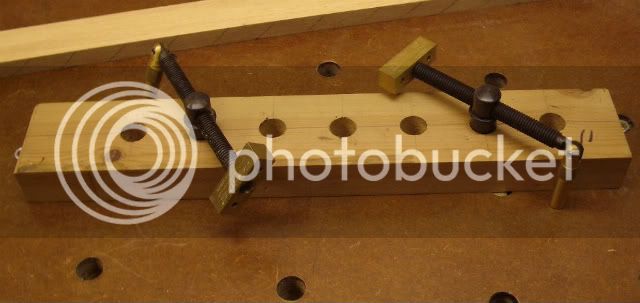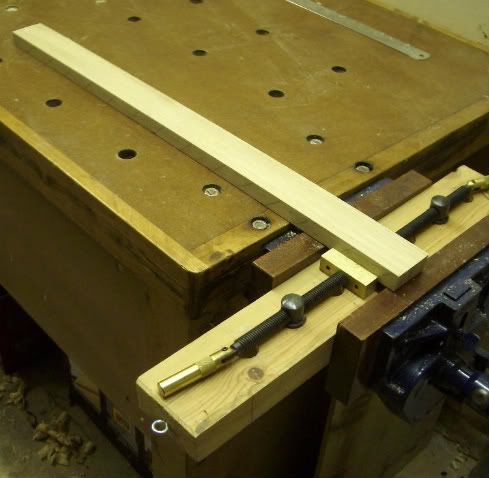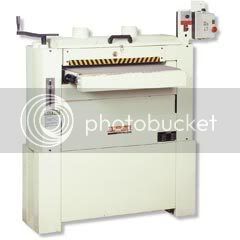A
Anonymous
Guest
Hi all
Over the years, i have often found that hand planing thin sections wood such as box lid material of say, 6mm thick hardwood and A4 size which will sit in rebates in the box sides, to be quite a pain and difficult to get he wood evenly flat as it seems to move around (buckle slightly/) against the stop.
Anyone found a good way to do this?
Over the years, i have often found that hand planing thin sections wood such as box lid material of say, 6mm thick hardwood and A4 size which will sit in rebates in the box sides, to be quite a pain and difficult to get he wood evenly flat as it seems to move around (buckle slightly/) against the stop.
Anyone found a good way to do this?







